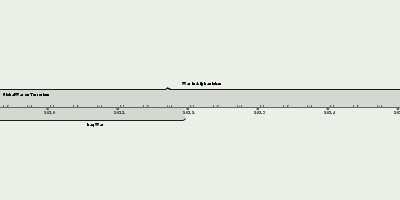2021 Taliban offensive (may 1, 2021 – aug 15, 2021)
Description:
The 2021 Taliban offensive was a military offensive by the Taliban insurgent group and allied militants that led to the fall of the Islamic Republic of Afghanistan and the end of the nearly 20 year War in Afghanistan that had begun following the United States invasion of the country. The Taliban victory had widespread domestic and international ramifications regarding human rights and proliferation of terrorism. The offensive included a continuation of the bottom-up succession of negotiated or paid surrenders to the Taliban from the village level upwards that started following the February 2020 US-Taliban deal.The offensive began on May 1st, 2021, coinciding with the withdrawal of the United States's 2,500 troops in Afghanistan, and those belonging to other international allies. Large numbers of armed civilians, including women, volunteered with the Afghan Army in defense, while some former warlords, notably Ismail Khan, were also recruited. Despite this, the Taliban managed to make significant territorial gains in the countryside, increasing the number of districts it controlled from 73 to 223 in the first three months of the offensive. On August 6th, the Taliban launched an assault on the provincial capitals, with most of the towns surrendering without a fight, culminating with victories in weeks-long battles of major cities Herat, Kandahar and Lashkargah on August 13th. On August 15th, President Ashraf Ghani fled the country and the Taliban captured the Afghan capital Kabul with only sporadic resistance; thus, the Islamic Republic of Afghanistan's government fell, resulting in the de facto takeover of the country and the reinstatement of the Islamic Emirate of Afghanistan. The speed of the Taliban's takeover came as a surprise to many, including the governments of the United States and their allies, Russia, and the Taliban themselves.
Factors prior to May of 2021 included the Taliban's effective use of online social media, its strategic choice of attacking northern provinces, and the Taliban's freedom of movement on the main Afghan highways that resulted from the Afghan National Security Forces (ANSF) following the US-recommended strategy of sacrificing rural areas in favour of defending key urban centres. Factors in the ANSF loss to the Taliban included the February 2020 and April 2021 drops in US support, in which technical, proprietary software and logistics support, in particular aerial support, that the ANSF had been trained to depend on, were suddenly removed. Errors in US coalition training of the ANSF were seen as a factor, along with Afghan police extorting locals, military officers funding themselves by inventing ghost soldiers and the months of unpaid ANSF salaries that followed the April of 2021 switch in ANSF salary management to Afghan military administration. Cronyism in ANSF military appointments and president Ashraf Ghani's inability to create an effective national consensus and convince local warlords were also seen as key processes of the ANSF's defeat. Afghans are also more loyal towards their traditional ethnic, tribal and even familial ties than they are to a central government in Kabul, which the provincial Taliban commanders exploited to negotiate surrender of many troops. In the long-term, the American invasion of Iraq and its shifting in focus to that region has also been cited as a reason for the Taliban's resurgence in the mid to late 2000s.
Added to timeline:
Date:
may 1, 2021
aug 15, 2021
~ 3 months and 16 days
